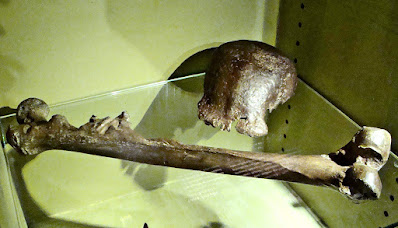EVIDENCE IN JAVA SAYS HUMANS AND HOMO ERECTUS DIDN’T OVERLAP
New research says human fossils from main Java, which Dutch geologists excavated 90 years back, are about 120,000 years of ages.
"This informs us Homo erectus lived to Australia's north right before Homo sapiens arrived on the Australian continent 65,000 years back," says Michael Westaway, teacher in the College of Queensland's Institution of Social Scientific research.
"The days we have currently established provide no proof for Homo sapiens and Homo erectus overlapping in time at that place. This is an extremely important outcome.
banyak jenis permainan dan kenyamanan
"Palaeoanthropologists have suggested for many years that Homo erectus may have had some hereditary payment to modern human populaces moving through the area, but there's no fossil proof sustaining this," he says.
The new age ranges also indicate that there was no chronological overlap in between both species.
In between 1931 and 1933, geologists Oppenoorth and ter Haar found the remains of 12 Homo erectus head caps and 2 lower leg bones on the financial institutions of the Ngandong river in Main Java.
"These fossils do stand for the youngest instances of Homo erectus, but they may also stand for an important transformative change," Westaway says.
Modern hereditary research in Indonesia and Papua New Guinea revealed there were probably 2 lineages of another old hominin populace called the Denisovans.
"The new age estimates from Ngandong indicate that Homo erectus and the Denisovans probably overlap in the area, or at the very least satisfied at some time before 100,000 years back," he says.
"This may imply some of the unique characteristics that have been recognized in the heads of very late Homo erectus fossils at places such as Ngandong may in truth be an outcome of a mix of 2 archaic populations—Homo erectus and the Denisovans."
Methods used in previous examinations of the Ngandong interment debris had made precise dating challenging.
Westaway says new dating techniques used in the newest study indicated that Homo erectus probably went vanished in the center of the last interglacial stage, when warm, jungle atmospheres were extensive.
"This exploration has wide ramifications for human development in island southeast Australia or europe, and is critical for our understanding of hominin arrivals, interbreeding, and extinctions," he says.
The study led to 52 new ages, indicating the Ngandong river down payment and fossils were put down in between 117-108,000 years back.



